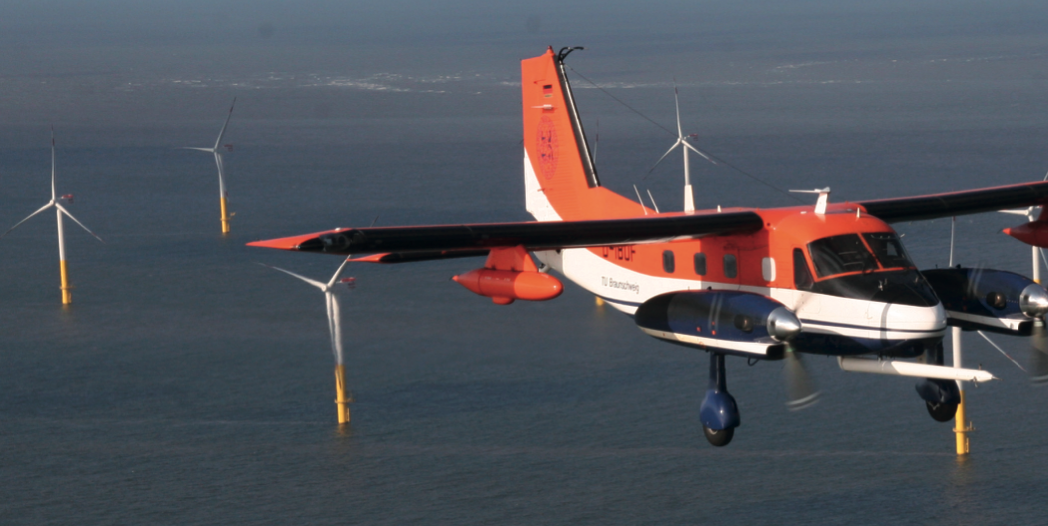Ever since the erection of the first wind farms began in the 1980s, the impact of wind turbines on the flow, or the wake effect, has been a major focus, not only in the field of wind energy research but also with regard to industrial applications. The wake is referred to as the area downstream of the rotor displaying reduced wind speed due to the extraction of momentum from the flow, as well as an increased level of turbulence caused by the mixing of the rotor.
Relevance of wake losses onshore and offshore
For specific wind directions and wind speeds, wake losses in wind farms can approach and even exceed 30% at both onshore and offshore sites. For a typical offshore wind farm, they are usually kept in the range of 10% or lower on an annual energy production level by the optimization of the layout. Thus, wake effects are one of the main factors to be taken into consideration when calculating the future expected yield of a planned wind farm asset.



























